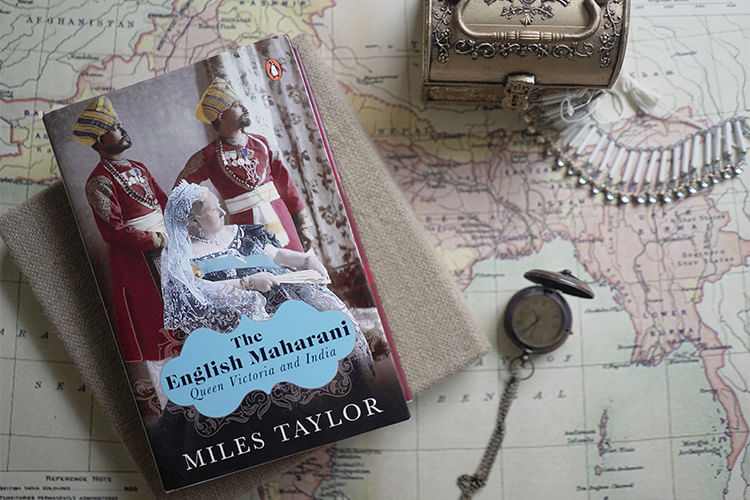If you’re someone who travels to find hints of history and get inspired by the same, you’ll want to bookmark this list of gems. India is a land full of stunning works of architectural wonders but some of the best of these were built during the British era. While we have come a long way since then, there are many cities that still boast the beautiful monuments and structures the British government constructed during their reign. Here are a few you can check out:
#RoyalTravels 5 Places Where You Could Still Find Hints Of The Victorian Era
Writer’s Building
Originally an office for the writers at the British East India Company, this building has witnessed history being penned down. Located in West Bengal this iconic 150 meter long building which looks like straight out of a movie, covers the entire northern stretch of Lal Dighi. Now known as the Secretariat building of the Government of West Bengal, this heritage gem has architecture that will take you back to the golden times.
St. Mary’s Church
A trip to Chennai without any learnings of its legacies is almost useless. Chennai being one of the first few places of British occupancy, makes St. Mary’s Church the oldest Anglican church in South Asia and one of the first monuments built in the Victorian era. A trip to this church is an easy one that should not miss out on, since it is in the middle of the city itself. You can hire deluxe coaches for a ride or call for cabs or even take a rickshaw if you’re on a budget trip. There’s no going back from Chennai if you haven’t visited this gold in the city.
Victoria Memorial
Built between 1906 to 1921 to commemorate Queen Victoria, this Indo-Saracenic architectural gem is a huge monument made of white marble located in the heart of the city of joy, Kolkata. This scenic memorial now converted into a museum,epitomises beauty and elegance like that of Queen Victoria. Marking her era as one of the greatest successes in history, this grand and exquisite memorial was dedicated to her period of reign. Sounds interesting? Grab a copy of The English Maharani by Miles Taylor and learn more about how passionately she involved herself in Indian politics and reshaped the societies of this country. This memorial in Kolkata stands as reminiscence of the rule of the British Crown in the Indian subcontinent amidst the bustling metro city and is unmissable if you’re a history enthusiast.
Gateway Of India
Located in the financial capital of the country this one’s a majestic structure. Built in 1911, Gateway Of India commemorates the arrival of King George V to India via Mumbai. Fondly known as the Taj Mahal of Mumbai, this place is always bustling with locals and tourists despite any hour of the day (or night).
Quick insight - the most grandiose and very famous Chhatrapati Shivaji Terminal was formerly named The Victoria Central Terminus. Symbolising the predominance of Bombay as a railway hub and modernity of the monarch, this building stands tall as a parcel from the history with a beautiful central dome and arched windows and door openings.
India Gate
Built in the national capital, India Gate is a war memorial Arch situated in the heart of the city. Completed in 1931, the memorial was built to commemorate the death of 70,000 Indian and British soldier who lost their lives for the British in World War 1. Standing tall till date this structure pays respect to the all martyrs who have lost their lives for the nation. Now known as of the most famous tourist spots, India gate is surrounded by expansive gardens where the city comes together to celebrate national holidays.
So if you’re ready to set your foot into the roots of Victorian Era, these places are a must visit and The English Maharani by Miles Taylor is a must read. Talking about these little reminders of history, Taylor narrates, Foreign regimes tend to encourage cults through such monuments. Except that only the Victoria Memorial Hall was a project conceived by officialdom, and even that relied on voluntary contributions as well. Elsewhere, the public iconography of the queen was the product of civic organisations. Some of this was princely patronage, but there were plenty of examples of less grandiose projects, supported by a wide range of Indians. This book talks about why Queen Victoria was keen on sending her sons as the ambassadors to the subcontinent and surrounding herself with the trappings of the Indian conquest, from the Koh-i-Noor diamond to her own Indian troop escort and servants.

